
SLAM Benchmarks: Closed Loop
Abstract: SLAM has long been envisioned as a means to assist robots performing navigation tasks in unknown environments. Yet, benchmarking for SLAM most often uses open-loop data sets due for reproducibility. Given that open-loop and closed-loop task performance measures may not align, establishing a means to use SLAM in the closed-loop for benchmarking is an important next step in algorithm development. A ROS/Gazebo environment for SLAM benchmarking has been created and open sourced. Several stereo visual-inertial implementations are tested and compared. The Good Feature SLAM approach provides competitive and robust closed-loop trajectory tracking in unknown environments and without external absolute position measurements.
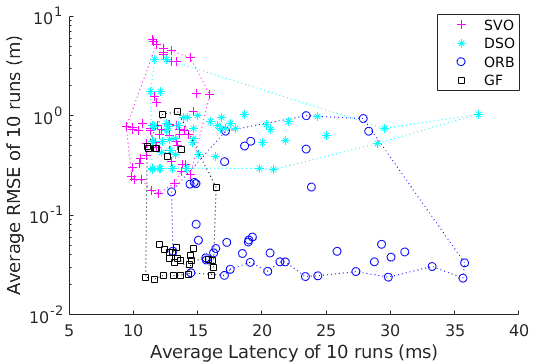
Good Feature Matching in BA-SLAM
Abstract: Active map-to-frame matching using SLAM condition scoring is proposed for balancing time cost and accuracy in indirect, BA-SLAM. Exploiting the submodularity property of pose optimization condition scoring leads to an algorithm for deciding when to employ map-to-frame matching, how many points to select, and how to prioritize the data association to best benefit pose estimation outcomes. When applied to ORB-SLAM, the algorithmic modification lowers run-time costs without impacting localization performance.

Map-Hash for Fast Local-Map Queries
Abstract: Long-term, large-area SLAM performance is best when it is possible to match previously seen (but subsequently lost) map points when they re-enter the field-of-view and are visible once more. However, the time cost associated to matching against an ever increasing map undermines real-time performance. We combine hashing and condition scoring to arrive at a fast, bounded map-to-frame method we call Map-Hash. The value of Map-Hash is shown on a modified ORB-SLAM implementation relative to baseline ORB-SLAM.
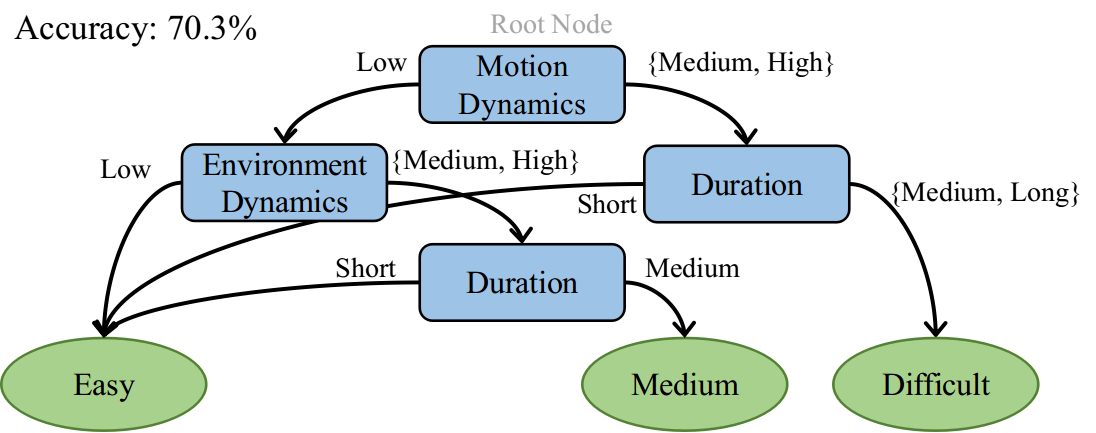
Characterizing SLAM Benchmarks and Performance: Open Loop
Abstract: Systematic study of SLAM might benefit from a design of experiments type of benchmarking approach, as well as means to gauge best possible performance versus nominal performance. One way to better understand SLAM systems is if a good set of benchmarks could be established for quickly gauging general performance. Using decision trees dominant SLAM benchmark and SLAM performance factors can be easily determined. They can then inform algorithm development. On the best possible performance, we advocate for the use of slo-mo processing, which provides practically no per-frame time constraint on the SLAM solver. The slo-mo results should be upper bounds on SLAM performance compared to the same method run with real-time constraints.
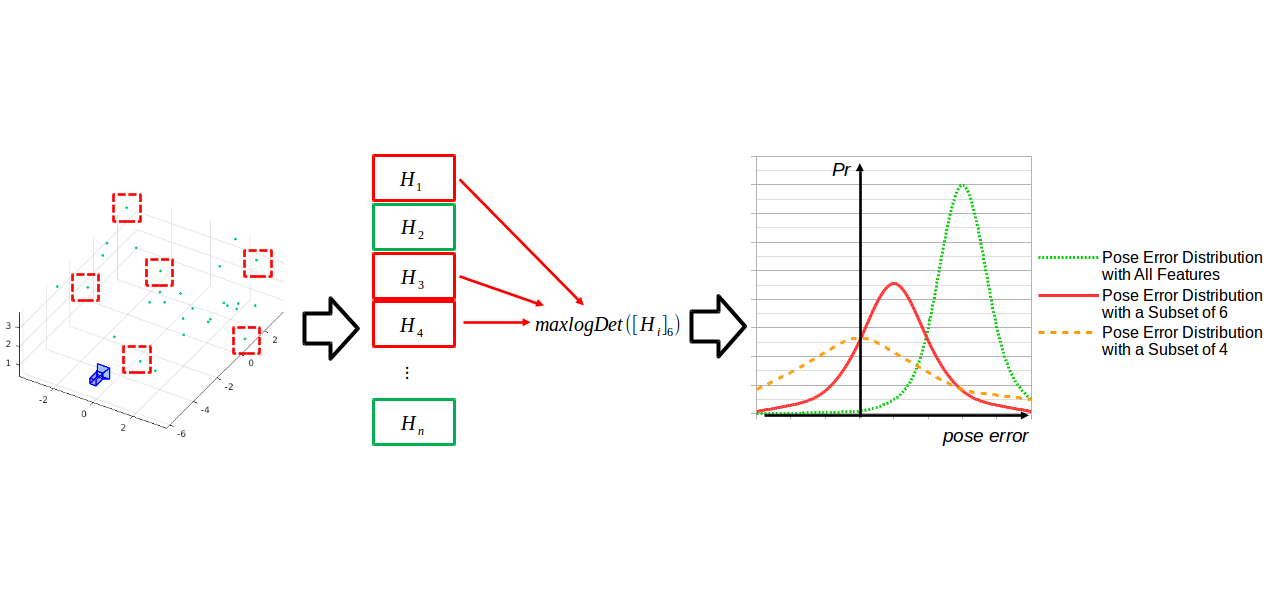
Good Feature Selection in BA-SLAM
Abstract: SLAM condition scoring as a means to derive robust camera pose estimation methods for bundle-adjustment based SLAM are explored and shown to improve pose accuracy by 30% while increasing runtime by only 2%. The key idea is to perform inlier selection of tracked feature points so that the local pose optimization has strong conditioning. Combining this geometric conditioning with appearance-based match scoring leads to the stated outcomes.
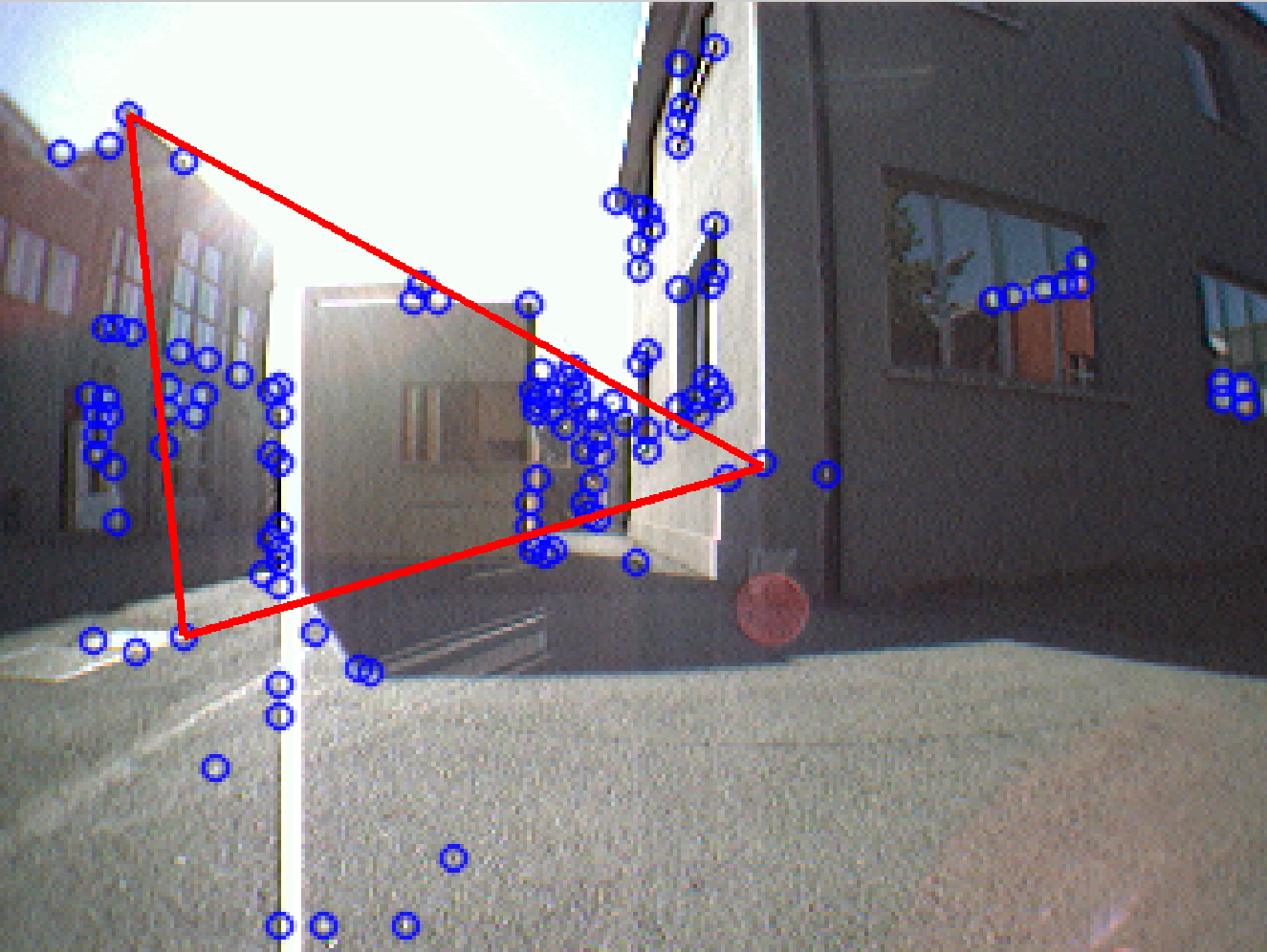
Optimal Observability and Maximal Cardinality
Abstract:
Uses the good features for SLAM concept to propose a deterministic process
for inlier estimation that matches RANSAC performance while having a more
consistent time cost relative to RANSAC.
Measurement selection and outlier rejection use feature condition scoring
and hypothesis testing. The outcomes suggest that randomized methods can be
superceded by bounded or fixed time-cost deterministic methods based on
feature point scoring.
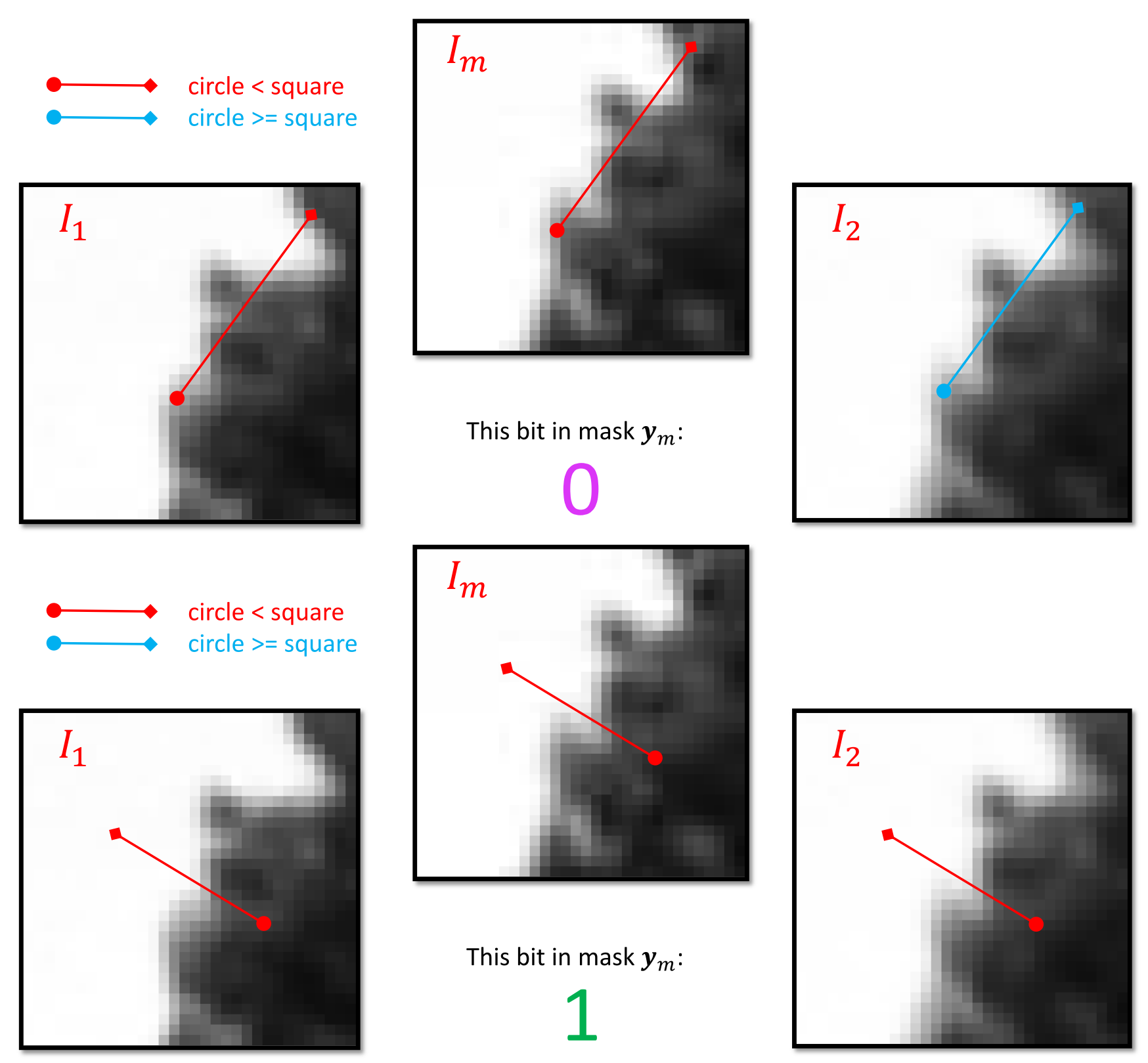
Online Binary Feature Learning for Loop Closure
Abstract: Loop closure is an essential module in long-term SLAM, as detecting and recognizing re-visited locations serves to bound localization drift and correct for geometric map distortions. It also provides a mechanism to recover from track loss. However, most methods employ offline learnt maps that cannot be customized to the feature space of new environments. This work explores a means to generate a loop closing map with online adaptive properties.
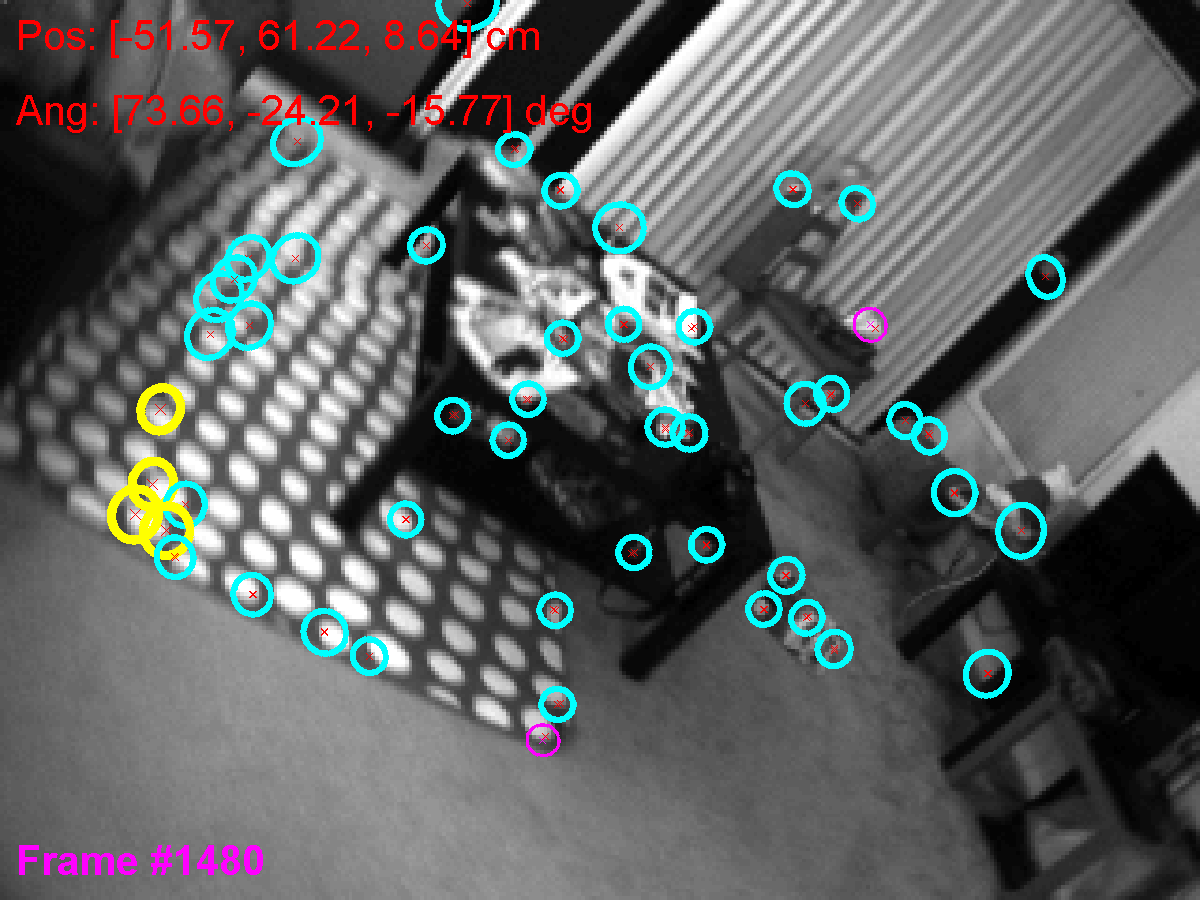
Good Features for SLAM
Abstract: SLAM is an overdetermined online estimation problem whose size grows with time, as new measurements are collected with each new image. Most highly overdetermined problems can be converted to smaller overdetermined problems without suffering a loss in accuracy. In that spirit, good features for SLAM investigates the question: How can we determine what visual features to keep or to remove to preserve accuracy?
